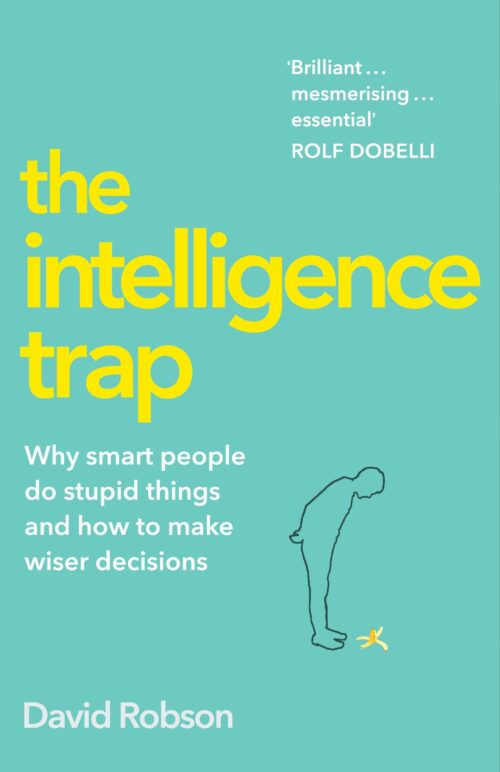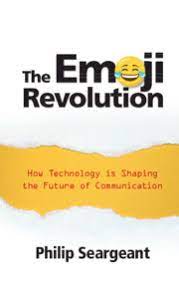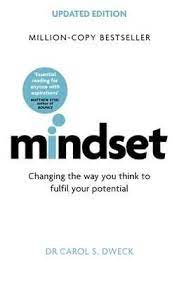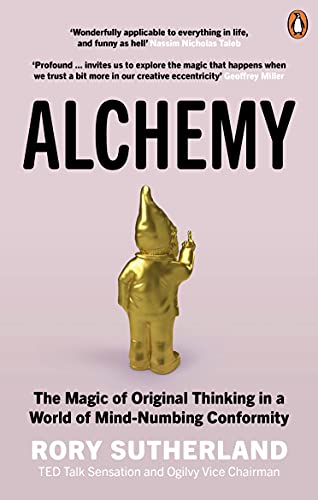I’ve been reading several behavioural science books over recent weeks, and here is a quick summary of the different themes and topics they cover.
Under the Influence: Putting Peer Pressure to Work by Robert Frank
In this book, Robert Franks argues the case that many important social changes happen through imitation (the topic of another book I am currently reading). He lays out the evidence from the reduction in smoking in many countries to changing attitudes to equality and marriage. He cites much research including that on the power of social networks (online and offline) to influence the members of those networks (the theory of ‘six degrees of separation”).
For example, one study that monitored members of a social network over 32 years, found that patterns of obesity (tracked through regular medical checkups) were strongly related to the closeness of relationship between people (i.e., you were more likely to become obese if a friend or close family member became obese). This is useful reading on the power of social influence.
The Art of Choosing by Sheena Iyengar
In The Art of Choosing, Sheena Iyengar discusses the philosophy and psychology of making choices. Building on her own studies of choice, including the famous jam experiment and others, the author discusses the different aspects of choice and its relationship to our feelings of freedom and belonging. This is an enjoyable and thoughtful discussion of what choice really means but not a behavioural science manual.
Friction by Roger Dooley and Friction/Reward by Richard Hammond
Both of these books talk about the important role of friction in making products and services easy to use (what BJ Fogg would call ‘ability’). Using examples from Uber to Amazon to Changi Airport to the UK government’s digital strategy, there are plenty of examples and case studies of how to reduce friction and make an experience easier. If you have heard Byron Sharp and others talk about ‘physical availability’ you will find these books helpful to explain all the different ways in which this concept works, from search engines to layouts to queueing to payment and delivery.
Overall, I would recommend Roger Dooley’s book which covers much more ground and a much wider range of examples, but there are useful tips in both.
Can You Hear Me? How to connect with people in a virtual world by Nick Morgan
This book covers the problems of communication in a virtual world. The author covers the challenges of lack of feedback, lack of empathy, lack of control, lack of emotion, and lack of connection and commitment when communicating digitally rather than physically. Digital communication loses many of the implicit cues that we rely on to understand other people focusing on explicit aspects of communication. This was a good reminder of some of the challenges of communication (I have an online class to teach this afternoon), although much of the ground was not revelatory.







Review of How Change Happens by Cass Sunstein – TapestryWorks
[…] of Casss Sunstein’s work (and arguably a more readable version of Under the Influence [review here]). Cass Sunstein focuses on the role of social norms in behaviour change, discussing their vital […]